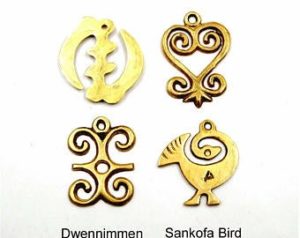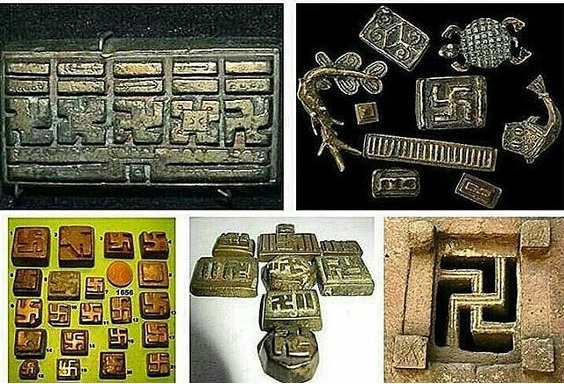
Many of us know that in war, the victor takes the spoils. Those European powers that encroached upon, invaded or colonized other cultures around the world took their symbols and made it their own. These were sacred symbols or symbols of power that the invading European groups appropriated to show their own power or use as part of an agenda. In this short article, I shall discuss two symbols in particular, and how each symbol has been appropriated by European and American powers to project their own might and glory. The first symbol is the swastika, and the second is the obelisk. Let us start with the swastika.
The Swastika
It is well known that symbols have power. This is why they are adopted and used for specific purposes. One symbol that sometimes surprises people when they see it among Akan Adinkra symbols or on Akan gold weights is that of the swastika. The swastika is a symbol has garnered such a “bad” name because the German Nazi group, who were an Aryan/White supremacist group, adopted this symbol and made it their own. Any positive symbol can be taken and made into a negative symbol. For example, those who practice ceremonial magic and who know how to use the pentagram can draw on its power. The same pentagram, when taken by Satanists, and inverted, can give power in a different way. Same symbol, different uses.
It is no secret that the Nazis were not only into pursuing scientific and technological advancement but they were also heavily into the occult. Anyone who is interested can read up on this. The SS and the Thule occult society sent members all over the world, and in particular to Asia, places like India and Tibet. During these excursions, the Nazis came across the Swastika and then decided to appropriate it. Since the demise of the Nazis, the swastika is now commonly used by “Aryan Nation” and other “White supremacist” groups to champion their causes.

It turns out, however, that the swastika has been used in many cultures. In fact, this symbol is said to be ancient indeed. According to James Churchward, the swastika was originally one of the sacred symbols of the sunken continent of Lemuria, a continent which once occupied a large landmass between what is today Japan and Thailand. When Lemuria sank, its people went to different places in the world, including Africa, Asia (China, Gobi Desert, India and the region around Tibet), Central America (Maya-Yucatan) and South America (Peru). Today, we find the swastika in Asia, in Mexico, in Africa, Native America, Europe, and among several other cultures of the world. All the East, West and Indigenous cultures that inherited the legacies of Lemuria. For instance, in parts of Asia, using the swastika is considered a thing that can bring good luck. So, it is important for us to remember the positive aspects of history as well, not only the negative.
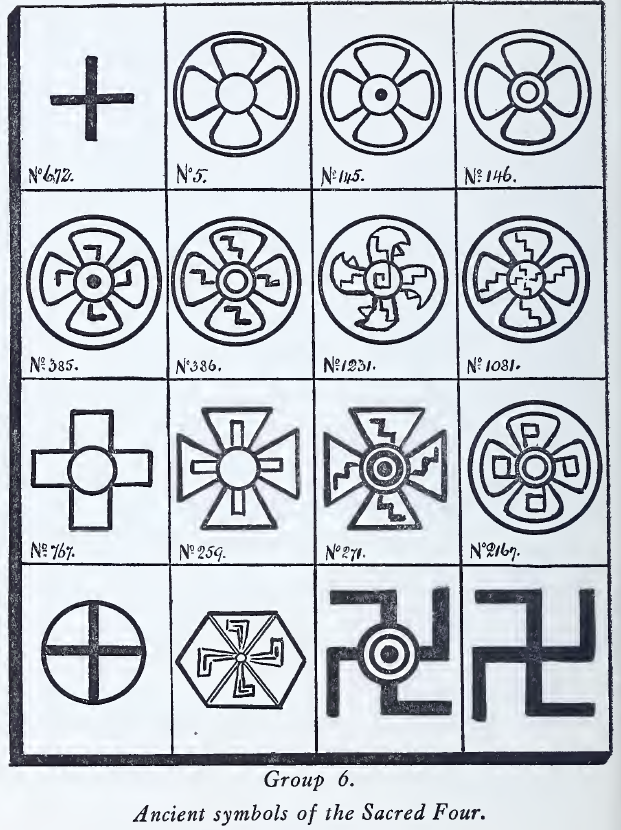
The Akan people of Ghana and Cote d’Ivoire are no exception. Being an ancient culture, their gold weights also show the swastika. To me, this suggests that the Akan people have preserved a culture that is contemporary with other ancient cultures. As I have mentioned before, I believe that the Akan culture today is one of those that has inherited aspects of the legacy of the Lemurian, Atlantean and Egyptian/Kemetic civilizations. And I am not only referring to the matrilineal system of governance and inheritance. Anyway, back to the gold weights. Similar to Adinkra symbols, Akan gold weights show a myriad of art forms. There are literally hundreds of forms that have been cast into gold and that go to show the breadth of different artistic ideas. Some forms portray abstract concepts, while other forms derive inspiration from more literal and ordinary objects.
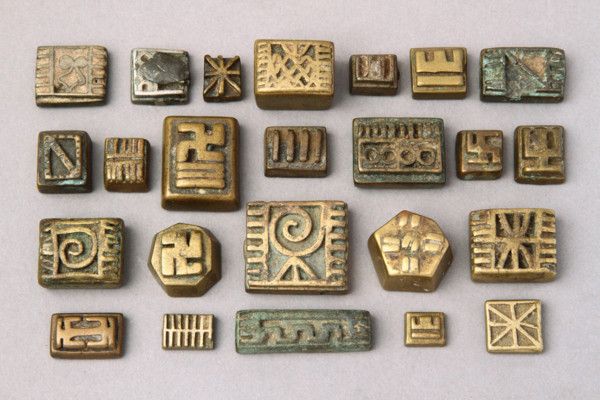
The Obelisk
Another symbol of antiquity that was very common in Ancient Egypt and that has been grossly appropriated by European powers is the Obelisk. The Obelisk was a symbol of power, the masculine principle. Some will call this the “yang” or the creative principle. That is why the obelisk has been associated with the phallus, or the phallic. As we all know, obelisks were hugely important in Egyptian/Kemetic religion.
So, let’s just call a spade a spade. The European powers PLUNDERED the obelisks from Egypt. They took some of the most magnificent ones. Kemet was one of the longest surviving cultures on this planet.
Let me tell you a story. In Kemet, one of the most important and sacred places to black people and to the black culture that started there (before it was slowly and eventually taken over by other groups moving in through lower Egypt), was a city in upper Egypt called Waset. Waset was and historically still is the oldest or the longest lasting city of black people. This was the place of temples. This was the place of knowledge. This was a sacred place. Over the course of Kemetic history, this has been a very sacred place for black people and for others who came to study in this civilization. Waset was also known as Thebes by the Greeks, and Luxor by those who came after the Greeks.
Now, here’s another part of the story. Did you know that one of the greatest kings throughout the entire Egyptian period was a black Egyptian Pharoah named Thutmoses III? He ruled over the largest Egyptian empire during his reign. Guess what? Once Egypt finally fell first to the Greeks (during Alexander’s campaign), and then to the Romans, the Romans totally plundered the obelisks, these symbols of power, from Egypt. In particular, they took many obelisks attributed to Thutmoses III, arguably the most successful pharaoh (in terms of conquest) of them all. Rome, and later Italy, alone took a whopping 13 (yes!) obelisks from Egypt. There is even one located at the Vatican as I write this article. Now, you tell me if this is not stealing from another culture?!? The same thing happens in museums all over Europe. Only conquerors are allowed to take such artifacts with impunity. Most of us are programmed to think that is okay. A lot of us don’t see that there is something deeply wrong with this cultural appropriation.
Anyway, let’s finish with the obelisks. Apart from Italy, the UK has 4 from Egypt, France has 1, Poland has 1, Turkey has 1 and Israel has 1. The Americans came into the game too late. They were unable to join the club of colonizers, so they built their own obelisk, which is now known as the “Washington Monument”. In so doing, the Americans chose to follow in the steps of Ancient Rome and colonial Europe in projecting power with this symbol from antiquity.
So, just like the Nazi leaders, who had a deep appreciation for the occult, those freemasonic and secret society “movers and shakers” who hold sway in European, American, and related circles have an understanding of the occult significance of these ancient symbols. They know how to use these symbols to project power and to manifest their own greatness. That is why they appropriate these symbols from ancient cultures. That is the main point of this article.
I shall now finish this article by showing some obelisks from various places.
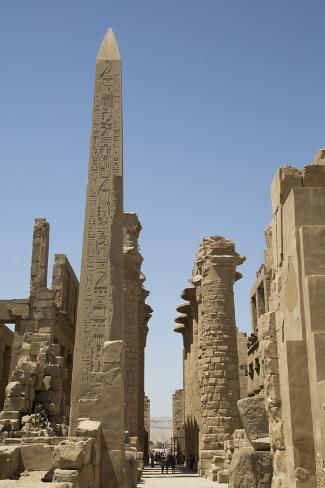
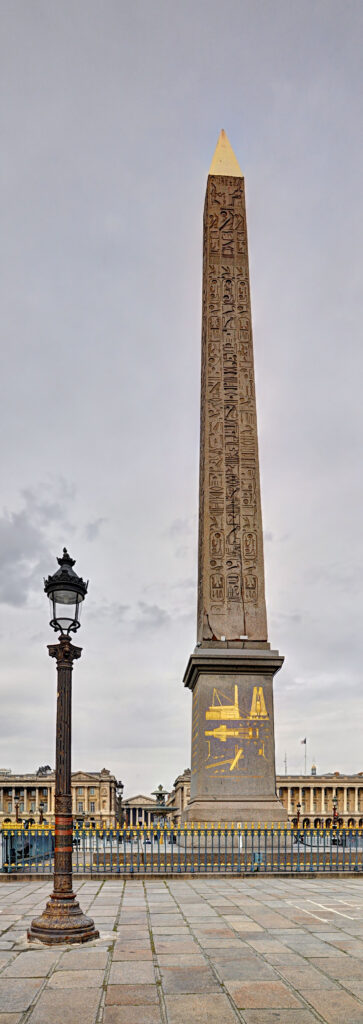
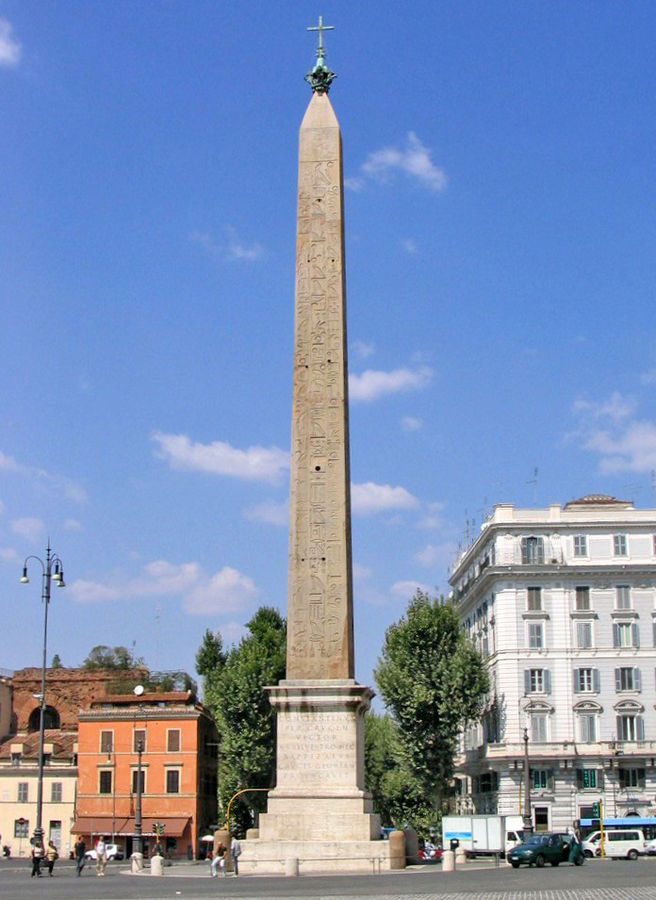
Related blog posts
Dr. Wade Nobles on Empowering African People
Honoring Armah, Diop, and Williams while reclaiming ancient Kemetic culture
Reviewing Ayi Kwei Armah’s book The Way of Companions



